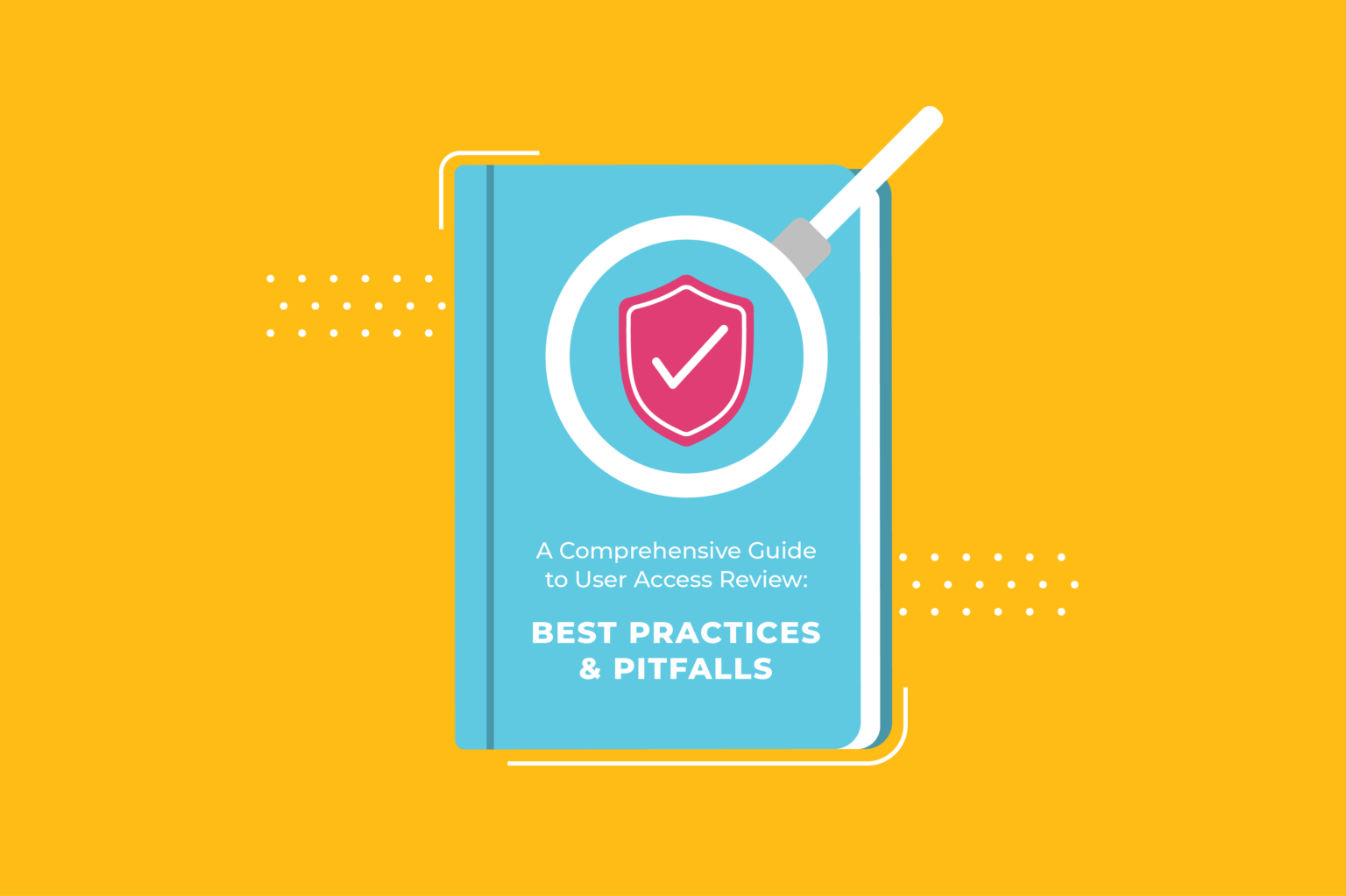We say it all the time; your employees are your first line of defense; however, they can also pose a significant risk. This is why almost all compliance frameworks agree on one critical process that can’t be overlooked, especially in a growing digital landscape; user access reviews.
Monitoring user access across different departments and employees is critical to mitigating compliance risks. However, that by no means makes it an easy task. In this piece, we’re diving into what it means to perform an accurate user access review without succumbing to the common pitfalls. Here’s what you need to know.
What is a User Access Review and Why is it Essential?
User access review is critical to information security and user account management and is paramount in ensuring that organizations have a periodic overview of all access rights across the organization, including those granted to employees and vendors. To ensure their access control processes align with their security compliance requirements, user access reviews should focus on an assessment of the following:
- All designated user roles
- Access rights and privileges
- All credentials provided to users
Additionally, user access reviews help in maintaining an up-to-date and accurate record of who has access to what within your organization. This is particularly important for maintaining compliance with various regulatory requirements, as well as for identifying and mitigating potential security risks.
Frequent user access reviews are specifically critical concerning long-term employee accounts, recently changed positions, new responsibilities, or recently removed accounts. The ultimate goal of regular user access reviews is to ensure that there are no exposed areas that could lead to unauthorized individuals accessing critical data and resources.
Can you get away with putting it on the backburner? Not quite.
Which Security Frameworks and Regulations Require a User Access Review?
Frequent user access reviews are not just a best practice but a critical requirement for almost all compliance frameworks. These reviews ensure that you frequently audit the access rights within your organization and remove any outdated permissions that could pose a significant risk to your cybersecurity and compliance status. Regular reviews are integral to and required by security frameworks and regulations such as HIPAA, SOC 2, ISO 27001, GDPR, CSA STAR, and PCI DSS. These frameworks mandate organizations to have strong access control mechanisms to protect sensitive data and information.
So, for something so critical to compliance, how can organizations ensure that they accurately review and remediate vulnerabilities within their user access systems? Here are our go-to steps for implementing a thorough user access review.
Steps to Implement a User Access Review
The access review process typically includes the following steps:
- Identify and pinpoint all user accounts and permissions that require access review.
- Assess user access privileges and rights according to their role, job description, and additional criteria.
- Document all changes to existing access rights since the last review.
- Identify whether security awareness training is needed for users who have been granted access to higher privilege levels.
- Establish a schedule for periodic reviews of user profiles and access rights.
- Document and track any additional changes to user access in the organization’s audit log or other systems of record.
It’s also important to ensure that your user access review process is adaptable and scalable. As your organization grows and evolves, so too will your access requirements. Therefore, having a flexible review process will help you stay compliant and secure over time.
Common Pitfalls When Conducting User Access Reviews
When conducting user access reviews, if done incorrectly, they can become a time-consuming and expensive process. Being aware of what to avoid is crucial. Some of organizations’ most common pitfalls when conducting user access reviews include the following:
Not Running Timely Reviews
Timely access reviews are critical. To ensure that your review is as accurate as possible, it’s also essential to collect real-time application data. Remember, your reviews have a shelf life, and an auditor is bound to catch up. When inactive accounts appear in audit reports after their deactivation date, it creates auditor distrust of your business processes. Avoid this mistake by using automation to collect data in real-time.
Overlooking Local and Service Accounts
Local and shared service accounts can pose a significant security risk yet are often overlooked when conducting user access reviews. Cybercriminals also frequently target these accounts as they allow attackers to gain sensitive access, and they are not always well monitored. To mitigate cybersecurity attacks, these accounts should be resolved by an account owner in the HR or IdP directory to allow for appropriate monitoring.
A Lack of Integration
Organizations often lack integration between IT systems and HR systems. This leads to little visibility into which identities in the IT systems reconcile with which users in the HR systems. This is a critical element to ensure that only active users have access to systems, and as a business grows, consistent and accurate reviews get all the more challenging.
Relying on Manual Processes
Although manual user access reviews are possible, they are often prone to error. They can quickly become a nightmare if the volume of data and the number of users involved is substantial.
Best Practices for User Access Reviews
Although you may have the steps in place, organizations must still be mindful of implementing industry-specific best practices to avoid the common pitfalls associated with user access reviews. Here are some of the best practices when conducting user access reviews and how to ensure nothing slips through the cracks.
Tip One: Utilize Role-Based Authorization
Instead of giving all users access to critical information, only allow the minimum level of access necessary to do their job functions. By doing this, organizations can easily mitigate risk and limit potential damage from malicious actors or internal errors by employees with too much control over the system(s).
Tip Two: Establish a User Access Review Process and Schedule
User access reviews can easily slip down the priority list. To ensure that it stays updated, create a formal system for reviewing user access rights on an ongoing basis, such as monthly or quarterly reviews.
Tip Three: Switch to the Power of Automated Tools
When it comes to compliance, specific requirements require your undivided attention. However, user access reviews shouldn’t steal that time. Automated tools can monitor user access in real-time. This allows organizations to spot misuse immediately(such as unusual logins) instead of going unnoticed until the next review period.
GET COMPLIANT 90% FASTER WITH AUTOMATION
Don’t Let Compliance Fatigue Get You Down – Automate User Access Reviews with Scytale
Often, getting (and staying) compliant can feel like it’s slowly taking over every part of your business.
Fortunately, user access reviews don’t have to take up any more space on your compliance plate. Instead, hand over the entire review process to our automated platform that monitors your user access control system on your behalf in real-time to ensure that it aligns with your compliance framework of choice.
Meet the access review requirements of all major standards, such as ISO 27001 certification, SOC 2 compliance, PCI DSS compliance, and HIPAA compliance, in one place without breaking a sweat (or a compliance regulation).










